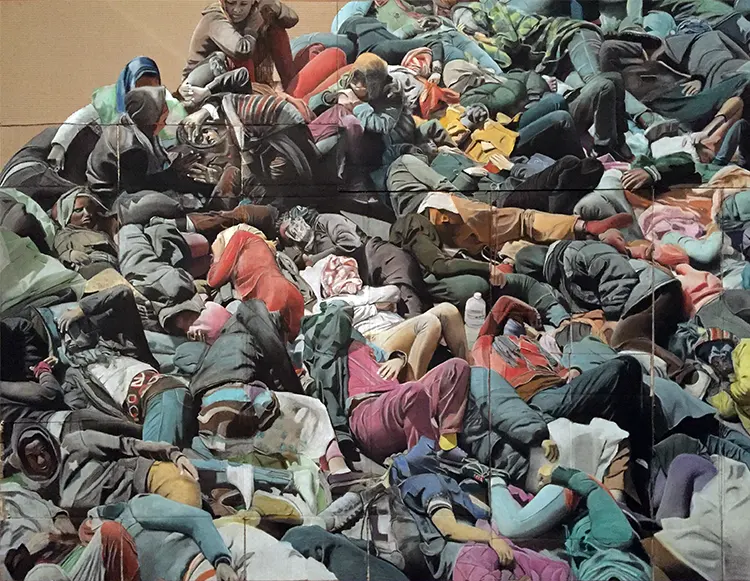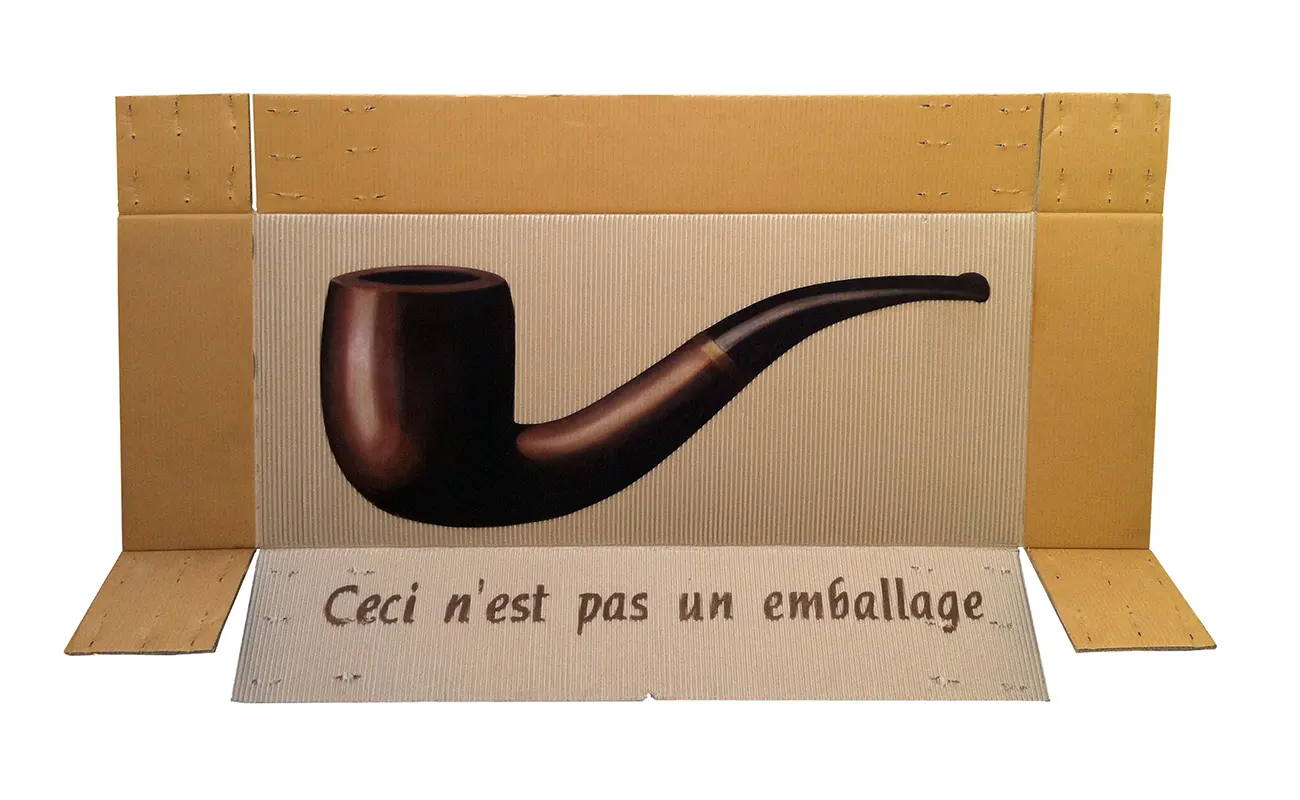“Working on the project of increasingly integrating the different components of my artistic practice, a reality made up of a visual, sound and gestural environment.”
Shaping A Unique Artistic Identity: The Early Years
Gianfranco Gentile, originally from Verona, Italy, moved to Florence in the autumn of 1968 to pursue a degree in Architecture. It was during this period of his life that he found a formal platform for his love of music. In the mid-1970s, he undertook an intensive four-year course in Phonology and Electronic Music under the expert tutelage of Albert Mayr at the esteemed Luigi Cherubini Conservatory. This dedication opened up a wealth of opportunities for him to engage in various contemporary music events, both within Italy and on an international stage, and to play a pivotal role in the Fluxus artistic movement.
By the dawn of the 1980s, the artist relocated to the eternal city of Rome. It was during this period that Gentile further developed his music and theatre skills, accumulating a rich tapestry of experiences. Not long afterwards, the latter half of the same decade saw him return to his native Verona. Here, he lent his leadership to a rock band and embarked on a new creative journey into the realm of pictorial art.
Gentile’s evolution as a painter was a path self-directed and predominantly autodidactic. His style drew from a diverse portfolio of experiences, including graphics, scenography, and furnishing design, coupled with manual labour in fields such as construction, plumbing, and house painting. Each of these disciplines influenced his artistic process, nurturing a unique visual aesthetic that remains characteristically his own.

The Birth of an Artist: A Self-Directed Evolution
During a period of introspective reprieve in the mid-1990s, following the dissolution of his band and numerous years immersed in graphic design and scenography, Gianfranco Gentile discovered a compelling urge to commit himself to the art of painting. This newfound pursuit began somewhat lightheartedly, but it wasn’t long before the growing accolades and affirmations spurred him forward, eventually cementing painting as his primary occupation.
The distinctive artistic style of Gentile bears the imprint of his architectural studies and a fascination for the historic avant-gardes of the early 20th century. Yet, he is not one to be confined to rigid norms, as mirrored by his multifaceted approach to music. Similar to his eclectic musical preferences that span various styles, genres, and global influences, his aesthetic sensibilities equally revel in the unconventional and alternative.
Gentile’s artistry frequently embarks on a voyage through time, endeavoring to unearth the technological artifacts borne out of the Industrial Revolution. To him, these relics serve as dream-like echoes, mirages of an epoch frozen in grandeur, offering a lens through which the past’s epic narrative can be crystallized and contemplated anew.

Revolutionizing Art with Cardboard and Pastels: Gianfranco’s Signature Style
Gianfranco Gentile demonstrates a predilection for corrugated packaging cardboard, frequently recycled, harmoniously integrated with the soft pastels application. The cardboard serves more than merely a canvas for his artistic ventures—it assumes a pivotal role, engaging in a rhythmic dialogue with the depicted subject. Through a methodical stripping technique of the unpainted surface, Gentile unveils the undulating anatomy of the cardboard. This technique facilitates a dual outcome: it imparts an illusion of three-dimensionality to the artwork, while concurrently inducing a sense of decontextualization of the subject. As a result, each piece is reminiscent of a categorized archaeological artifact and a symbol of the industrial revolution.
Over recent years, a palpable evolution in Gentile’s oeuvre can be observed, as it progressively incorporates commentary on environmental issues and social policies. This thematic shift led to the exploration and development of novel artistic techniques, such as the creation of large-scale cardboard murals. Exemplary works like “Octopus Domesticus” and “The Macabre Dance of Frogs and Tadpoles” embody this transformation—each providing commentary on plastic recycling and environmental pollution, respectively. Moreover, Gentile’s commitment to socio-political dialogues can be seen in his creations aimed at elevating consciousness regarding the living conditions faced by a significant number of migrants, as well as the perilous nature of sea rescues.

The Artist’s Sanctuary: Tools, Influences, and the Future
Within the confines of Gianfranco Gentile’s artistic sanctuary, a unique wall meticulously crafted for mounting cardboards facilitates the creation of works reaching dimensions as grand as 260 x 330 cm. For installations or art forms that demand even larger formats, Gentile turns to the accommodating spaces provided by his partnering gallery (https://www.artantide.com/it). His arsenal of tools is eclectic, encompassing not only a projector and boxes of soft pastels, but also a cutter, a mobile scaffolding, and an abundance of rags. While seemingly ordinary, these cleaning cloths are essential for wiping his fingers, which, in Gentile’s craft, effectively become his brushes. To maintain focus and fend off distractions, he often works at night, accompanied by the soothing cadence of beautiful music or enveloped in the hush of silence.
Two pivotal artworks that have indelibly marked his aesthetic perspective are Edward Hopper’s Nighthawks and Vincent Van Gogh’s The Arles Room. The architectural mastery in Hopper’s depiction of space resonates deeply with Gentile’s sensibilities, while the first encounter with Van Gogh’s The Arles Room in Amsterdam left an ineffaceable impression on him.
Gentile’s creative odyssey is presently charting a new course. His latest project seeks to harmonize disparate elements of his artistic repertoire, striving for a heightened synthesis of visual, auditory, and gestural elements within his artistic milieu. This endeavor demonstrates Gentile’s relentless pursuit of innovation and the interplay of diverse sensory experiences within his artwork.






